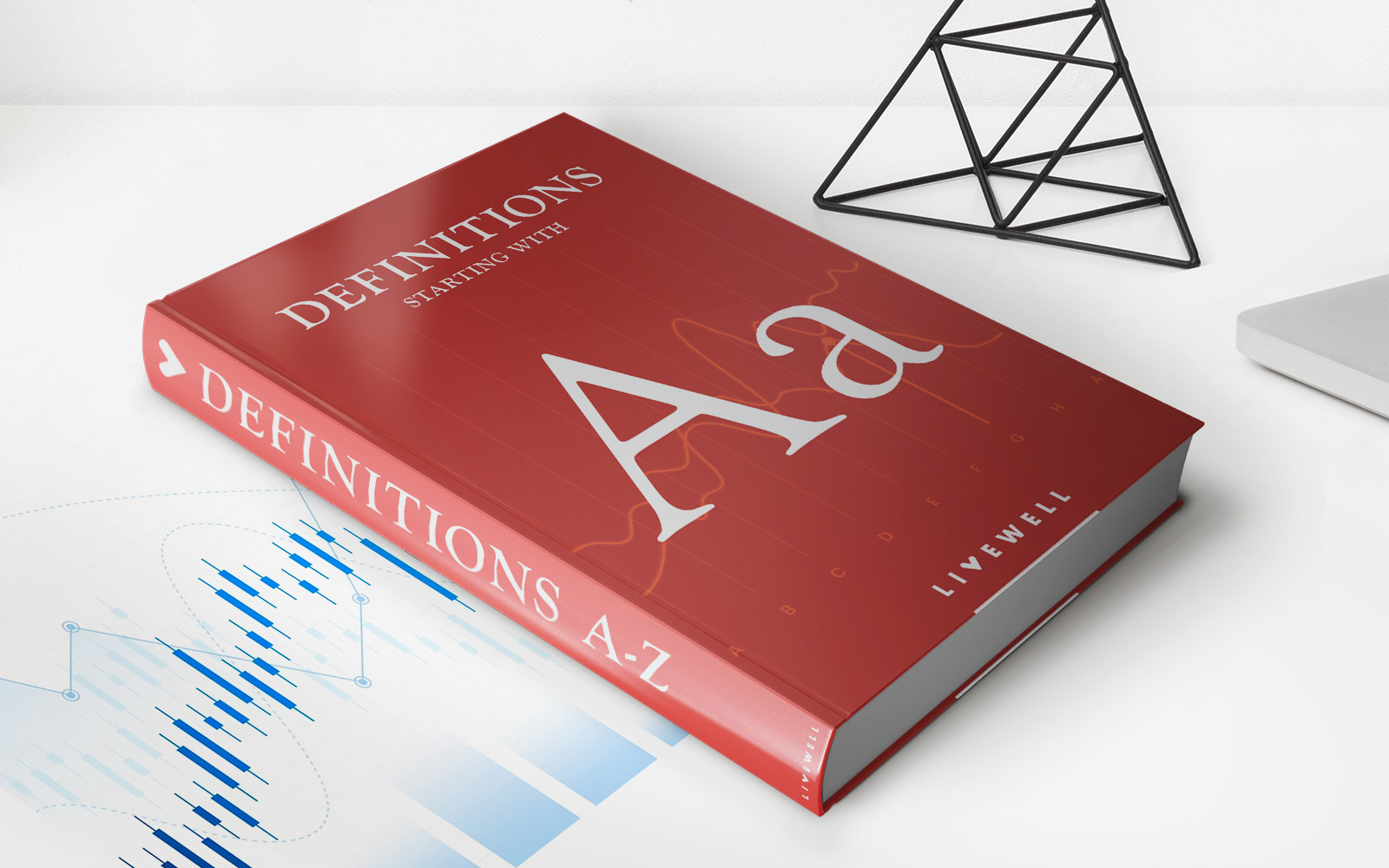Home>Finance>Advance/Decline (A/D) Line: Definition And What It Tells You


Finance
Advance/Decline (A/D) Line: Definition And What It Tells You
Published: October 2, 2023
Learn what the Advance/Decline (A/D) Line is in finance and how it can provide valuable insights for investors and traders.
(Many of the links in this article redirect to a specific reviewed product. Your purchase of these products through affiliate links helps to generate commission for LiveWell, at no extra cost. Learn more)
Advance/Decline (A/D) Line: Definition and What It Tells You
Welcome to our Finance category, where we delve into various aspects of the financial world. In this blog post, we will be discussing the Advance/Decline (A/D) Line, its definition, and what it can tell you about market trends and investor sentiment. So if you’re curious about understanding this important metric in finance, keep on reading!
Key Takeaways:
- The Advance/Decline (A/D) Line is a technical analysis tool that measures market breadth by tracking the number of advancing and declining stocks.
- It helps traders and investors gauge the overall health of the market and identify potential market reversals.
What is the Advance/Decline (A/D) Line?
The Advance/Decline (A/D) Line is a widely used technical analysis tool that measures market breadth. It tracks the net difference between the number of advancing and declining stocks in a given market over a specified period. By keeping a close eye on this metric, traders and investors can gain insights into the overall health of the market and make informed decisions.
Understanding the A/D Line involves a simple calculation. The A/D Line is calculated by taking the difference between the number of advancing stocks and the number of declining stocks and adding it to the previous day’s value of the A/D Line. This cumulative value reflects the net upward or downward movement in the market by considering the contributions of each individual stock.
So, what does the Advance/Decline (A/D) Line tell you?
What the Advance/Decline (A/D) Line Tells You
The A/D Line provides valuable insights into market trends and investor sentiment. Here’s what it can tell you:
- Market Strength: When the A/D Line is moving upward, it suggests overall strength in the market, indicating that a larger number of stocks are advancing compared to those declining. This indicates positive market sentiment and often signals a robust market.
- Market Weakness: Conversely, when the A/D Line is moving downward, it suggests weakness in the market, indicating a larger number of stocks declining compared to those advancing. This indicates negative market sentiment and can be a warning sign of a potential market downturn.
- Divergences: The A/D Line can also help traders identify divergence, which occurs when the A/D Line moves in a direction opposite to the overall market trend. Divergences can be a precursor to market reversals and provide traders with potential trading opportunities.
By monitoring the Advance/Decline (A/D) Line and interpreting its movements, traders and investors can make more informed decisions about their portfolios. However, it’s important to note that the A/D Line is just one tool among many in technical analysis and should be used in conjunction with other indicators and analysis methods to get a comprehensive understanding of the market.
In conclusion, the Advance/Decline (A/D) Line is a valuable tool for understanding market breadth and sentiment. It helps traders and investors gauge the overall health of the market, identify potential market reversals, and make more informed trading decisions. Incorporating the A/D Line into your technical analysis toolkit can improve your understanding of market dynamics and increase your chances of success in the ever-changing financial world.














